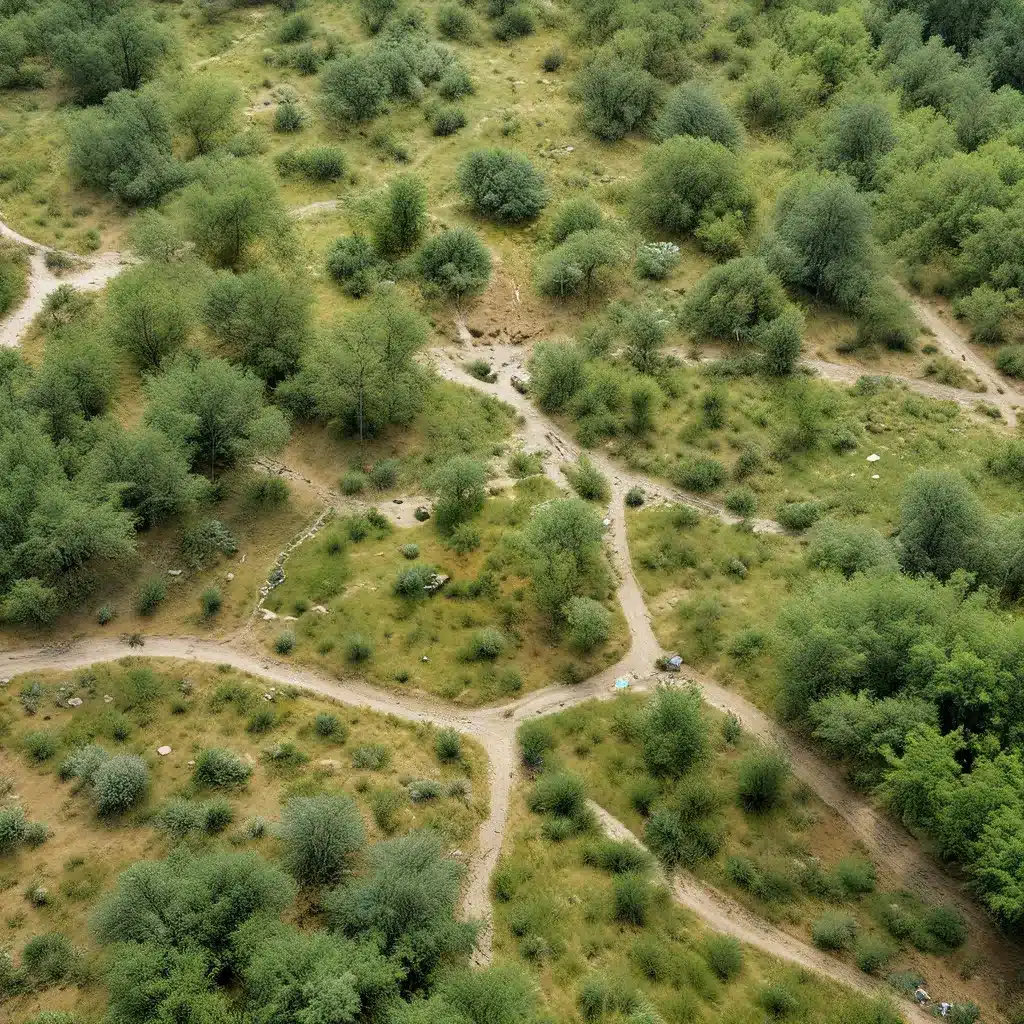
As the world grapples with the impacts of climate change and environmental degradation, the role of sensor networks in aiding ecological restoration efforts has become increasingly critical. These interconnected systems of sensors, data processing, and communication technologies offer a powerful means to monitor, analyze, and ultimately guide the recovery of fragile ecosystems.
The Rise of Sensor Networks in Ecological Restoration
Traditionally, environmental monitoring and assessment have relied on manual, labor-intensive methods, often providing a limited snapshot of the conditions at a given time. Sensor networks, however, revolutionize this approach by enabling continuous, real-time data collection across vast geographical areas. These networks can be strategically deployed to track a wide range of environmental parameters, from water quality and soil moisture to air pollution and wildlife activity.
Cutting-edge research has demonstrated the immense potential of sensor networks in supporting ecological restoration projects. By providing detailed, long-term data on the recovery of habitats, these systems can help researchers and practitioners identify the most effective restoration techniques, optimize resource allocation, and monitor the long-term success of their efforts.
Designing Effective Sensor Networks for Ecological Restoration
Crafting a successful sensor network for ecological restoration requires a multi-faceted approach, taking into account factors such as network topology, sensor selection, data management, and energy efficiency.
Network Topology: The choice of network topology, such as mesh, star, or hybrid configurations, can significantly impact the performance, scalability, and resilience of the system. Factors like node density, communication range, and redundancy must be carefully considered to ensure comprehensive data coverage and reliable data transmission.
Sensor Selection: Selecting the appropriate sensors is crucial for capturing the relevant environmental parameters. Sensors may be employed to monitor water quality, soil conditions, air quality, wildlife activity, and a host of other indicators crucial for ecosystem health. Careful calibration and maintenance of these sensors are essential to maintain data accuracy and reliability.
Leveraging Data for Ecological Insights
The wealth of data generated by sensor networks is only meaningful when it is effectively analyzed and interpreted. Data management strategies, including data aggregation, filtering, and visualization, play a vital role in extracting meaningful insights from the raw sensor data.
Advanced analytics and machine learning techniques can be employed to identify patterns, trends, and anomalies within the sensor data, enabling researchers and practitioners to pinpoint the most critical factors influencing ecosystem recovery. By integrating these insights with geographic information systems (GIS) and other spatial data, sensor networks can provide a comprehensive, data-driven understanding of the restoration process.
Ensuring Security and Energy Efficiency in Sensor Networks
As sensor networks become increasingly integral to ecological restoration efforts, the issues of security and energy management become paramount. Sensor nodes, often deployed in remote or hard-to-access areas, are vulnerable to various cyber threats, including data tampering, unauthorized access, and denial-of-service attacks.
Robust security protocols, such as encryption, authentication, and access control, must be implemented to safeguard the integrity of the sensor data and the overall network. Additionally, energy-efficient hardware design, duty-cycling, and renewable energy integration can help extend the operational lifespan of sensor nodes, ensuring long-term, sustainable monitoring and data collection.
Unlocking the Potential of Sensor Networks in Ecological Restoration
As the global community continues to prioritize environmental preservation and restoration, the role of sensor networks in supporting these efforts cannot be overstated. By providing unprecedented insights into the recovery of ecosystems, these advanced technologies empower researchers, practitioners, and policymakers to make informed decisions, optimize resource allocation, and achieve measurable, long-lasting impacts.
The Chesapeake Bay Trust and its partners, through the Restoration Research program, are at the forefront of this movement, funding cutting-edge research to address key restoration questions and drive the development of innovative sensor network solutions. By pooling resources and expertise, this initiative aims to unlock the full potential of sensor networks in aiding the ecological restoration of the Chesapeake Bay and its tributaries.
As the field of sensor networks continues to evolve, the sensor-networks.org website serves as a hub for the latest advancements, case studies, and best practices in this rapidly advancing domain. By staying informed and engaged, professionals, researchers, and enthusiasts can play a vital role in shaping the future of ecological restoration through the power of sensor networks.